Toll-Free in Australia:
1800 106 210
International+65 6415 5353
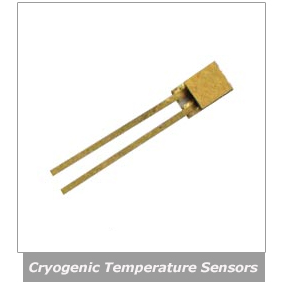
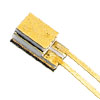 Cryogenic Silicon Sensors
Cryogenic Silicon Sensors
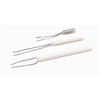 Platinum Resistance Sensors
Platinum Resistance Sensors
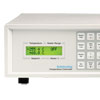 Cryogenic Temperature Controllers
Cryogenic Temperature Controllers
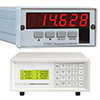 Cryogenic Temperature Monitors
Cryogenic Temperature Monitors

↓ View this page in another language or region ↓